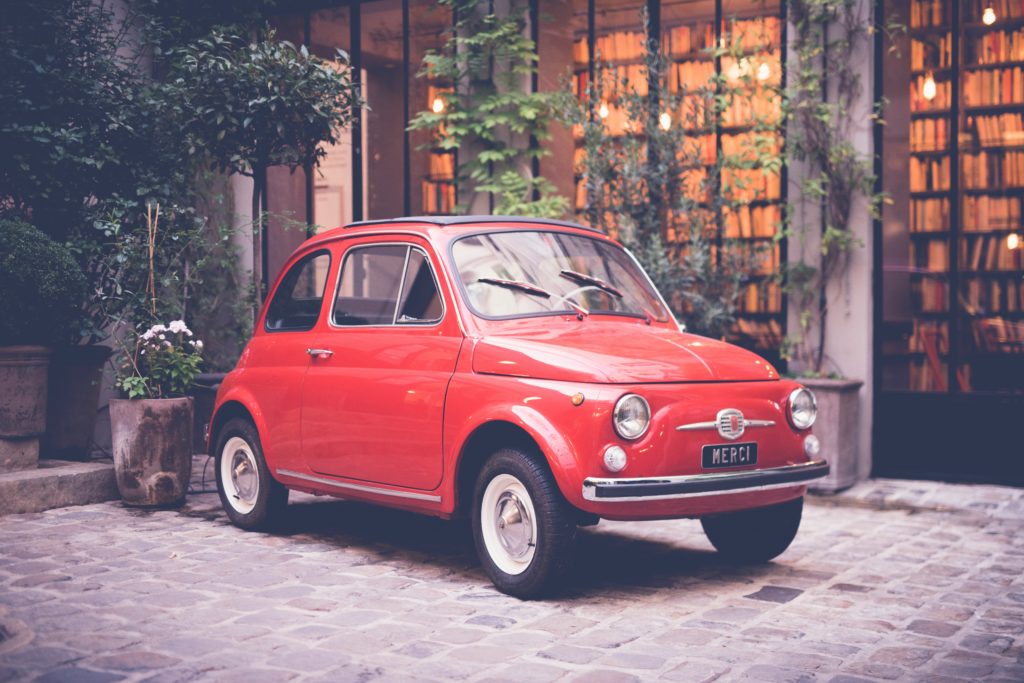
Coffee is an ancient art. In the 16th century, it was being grown in places like Persia, Egypt, Syria, and Turkey. As far back as the 1600s, iced coffee and cold brew were being made in Japan; by the 1800s, Algeria also produced iced coffee and cold brew. In the 17th century, coffee finally made its way to Europe as well.
These days, coffee is everywhere and comes in many forms. But that is part of the problem. In modern times, we’ve become more aware of the impact of our disposable coffee cups, as well as the impact of certain planting and harvesting techniques for the coffee itself.
For those with an eye for sustainability, here are six tips to help make your morning coffee more environmentally-friendly.
1. Be Picky
Consider shaking up your routine by looking into coffee alternatives. Did you know 35% of people miss discovering a business because they don’t see their sign? It’s sort of the same with coffee. We can miss alternatives or more sustainable options simply because we’re not reading labels carefully.
Next time you are at the grocery store to buy coffee, take an extra minute to read the signs right before you. A lot of producers will include labels that indicate their coffee is produced more sustainably.
Look for indicative phrases like fair trade, rainforest alliance, organic, and bird-friendly. These are all certifications based on different criteria. For example, fair trade coffee tries to ensure growers and producers are treated fairly and helps protect land and waterways near where the coffee is grown. Decide what is important to you and find the labels that match that.
2. Find Local Sources
If you can get your coffee locally, that is always going to be a big step towards sustainability. The more your coffee has to travel to get to you, the more pollution and waste is involved in producing it.
Depending on where you live, you may be able to find local growers, independent farms, and regional roasters who can make you the perfect cup. As a bonus, you’ll be helping out a local small business.
3. Make Your Own At Home
Going out for coffee is always going to produce more waste than brewing at home, even if you’re buying coffee from a small local cafe. Brewing your own coffee at home is one of the best ways to reduce waste and it should save you some money too.
When making your own coffee at home, stay away from disposable, one-time-use cups. Instead, use a fair trade brew that you can scoop out of a bag. Those one-time-use cups are convenient, but incredibly wasteful.
And while you’re making coffee at home, use a mug! Invest in a great coffee mug that you can use every morning. By doing this, you will not only be reducing the waste from the coffee, but also from the disposable cups you tend to get at coffee shops.
4. Compost the Waste
One last tip for brewing at home: Compost. Tea leaves and coffee grounds are excellent compost. Coffee is actually a superb fertilizer because of the nitrogen content.
By composting leaves and grounds, you will keep waste out of landfills. You can even spread used coffee grounds directly on your garden if you don’t have a way to compost.
5. Reuse Your Filter
While you’re making your coffee at home, find ways to minimize your waste. You can not only reuse your mug and avoid single-use cups, but you can also get a reusable filter to cut down on wasteful paper filters.
Those paper filters aren’t just bad because they fill up landfills; they also sometimes contain things like dioxins that can get into watersheds. Reusable filters are much better for the environment.
However, if you do need to use paper filters, search for ones that are “total chlorine-free” or “processed chlorine-free.” This indicates that they won’t be full of dangerous dioxins that can get into water systems.
6. Tell a Friend
You don’t need to do this alone! Get a friend to go with you for your morning coffee run at a local restaurant or cafe. You could even buy mugs, reusable filters, and more sustainable and environmentally-friendly coffee together.
As you continue trying to change your coffee drinking habits, having a friend to commiserate with can be a huge help. Talk about the best brands or cafes you’ve found, what your long-term goals are, and tips you discover along the way. Sharing the experience can make it more like a fun challenge and less like a burden. You could even try some composting tips together.
A Better Routine for Everyone
No matter how you choose to go about having a more sustainable morning routine, even small changes can end up making a big difference. Don’t be afraid to start small before working on larger lifestyle changes to increase your positive impact.

 Americans rely heavily on their vehicles, as the
Americans rely heavily on their vehicles, as the 


